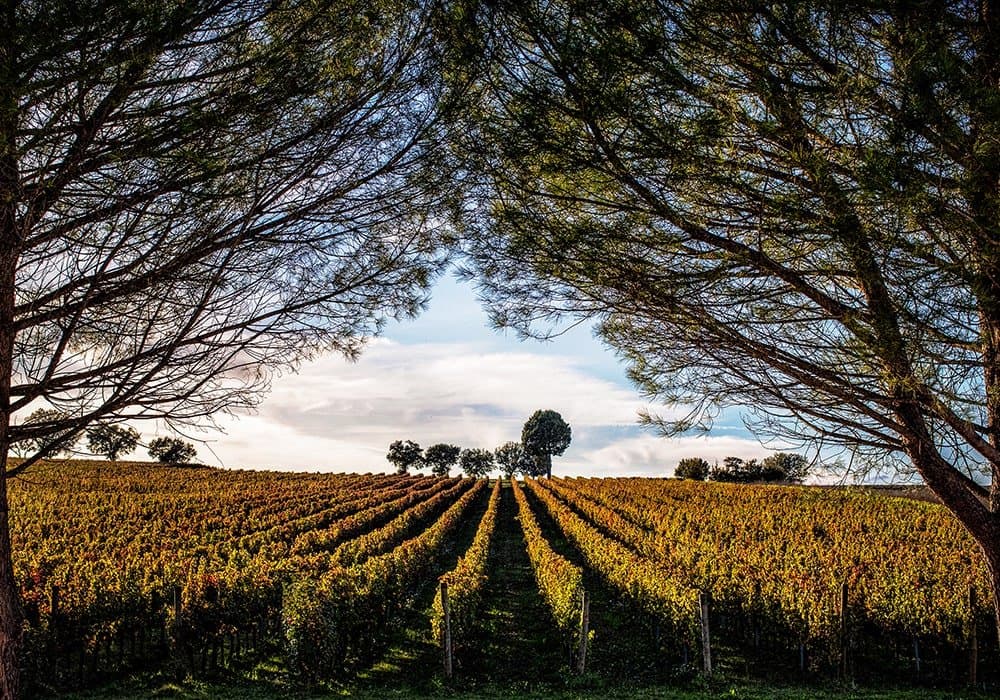Orvieto, Assisi, Perugia, Norcia are just a few of the places that make Umbria famous in the world, for its art and its flavours. But this small, rich region has so much more to offer.
Its many little villages, for an instance, chests of art and culture, or the mountains and the green valleys where to get back in contact with nature. There are the wineyards as well, where to walk and discover an ancient knowledge that still today gives life to some of the most appreciated Italian wines.
Let's get out of the most popular routes for a while to discover five must-see destinations.

5. Walking in Trevi, the ancient village on the Clitunno Springs

Trevi's center is surrounded by the mighty Roman walls of the 1st century BC. along which you can stroll, as on a long terrace overlooking the wonderful valley below.
Don't miss San Francesco Complex, which includes the church, a museum entirely dedicated to the olive tree, the art gallery and an important collection of archaeological finds.
Palazzo Valenti and Palazzo Lucarini are just two of the beautiful architecture to be admired in the center, but if you are looking for a bit of relax in the greenery, the oldest olive tree in Umbria lives nearby. For 1700 years this majestic tree can be admired in the small hamlet of Bovara.
Finally, treat yourself to a visit to the Fonti del Clitunno, the spings of a river with crystal clear waters that crosses a landscape of enormous beauty. This enchanting place has inspired the greatest poets since ancient times, from Virgil to Carducci to Byron. For some years the small temple dedicated to its patron god, Giove Clitunno, has become a UNESCO heritage site.
4. Tasting Umbria beans: a trip through the oldest flavours
Umbria's cuisine is famous, among the other things, thanks to the lentils of Castelluccio di Norcia, that owe their fame not only to quality and flavour, both excellent, but also to the spectacular flowering that occurs between spring and summer. If you love good food, however, in Umbria you can also taste many other varieties of legumes. Colfiorito lentils, for example, are just as valuable. Small and colorful in appearance, tender to the taste, they are the perfect base for excellent soups.
Also typical of the region is the Fagiolina del Trasimeno, a variety of bean that has basically always been grown along the shores of Lake Trasimeno. This plant was considered extinct for some time, but then fortunately recovered. Today it's an officially recognized Slow Food presidium.
In some ways the story of the cicerchia is similar. Another very tasty legume, this one, for centuries considered a poor food, because it can survive almost in any climate, but for some years it has become very popular even by the most famous chefs.
Last but not least, the roveja is a legume similar to peas that has experienced mixed fortunes. It grows on the Sibillini Mountains and more than for soups it's used to obtain the farecchiata, an excellent polenta typical of the area.
3. Learning about ceramics in Deruta
The ancient village of Deruta, once a fortified castle, is included in the circuit of the most beautiful villages in Italy, but in addition to its atmosphere suspended in time and to its many architectural beauties, this tiny city also has another thing to boast: a centuries-old tradition of the highest value in the field of ceramic processing and decoration.
Handicraft has been an integral part of Umbria's culture for many centuries and the production of ceramics has given fame to Deruta since the Middle Ages. Even today there is an important school that keeps the tradition alive, passing on processing techniques, restoration and decoration.
Majolica, a type of glazed terracotta, is particularly widespread here, and loved for its particularly bright colors, but if you want to find out all about the techniques and production of the masterpieces of the artisans of Deruta, you can visit the beautiful, huge Regional Museum of Ceramics that retraces the history of this ancient craft from the Middle Ages to the present day, through more than 6000 works.
Still not enough? Try to sit at the lathe and get your hands dirty by participating in one of the workshops that are organized in town.
2. Outdoors in the Monte Cucco Park

If you love nature you just can't miss a trip to Monte Cucco. It's located on the border with the Marche, within the regional park that bears the same name and which includes the municipalities of Costacciaro, Sigillo, Fossato di Vico and Scheggia Pascelupo.
Among high peaks, valleys, ravines and caves, you will find yourself surrounded by a wonderful nature where you can practice many activities. For trekking lovers there are well-marked trails of all levels of difficulty, but sportsmen are just spoiled for choice. Inside the park, in fact, canyoning, skiing, horse riding and paragliding are commonly practiced, and the area is also known as one of the major Italian centers for model aircraft. Grassy landings and large spaces are ideal for flying model airplanes, as long as they don't have an engine, in respect of the nature and its silences.
Do you love speleology? Grotta del Monte Cucco is a cave much loved by those who practice this fascinating activity, together with the Valdorbia Mines, which are also included in the park. With their 10 km or more of tunnels, the Mines are an exciting experience, but recommended only for the most experienced.
Wine adds a smile to friendship and a spark to love
1. A unique experience in the cellars of Montefalco
If you really want to get to know the immense food and wine heritage of Umbria, you cannot miss the opportunity to visit one of the vineyards where the famous wines of the region are produced.
In Montefalco, not far from Perugia, there is Bocale, the farm of the Valentini family, which produces high quality wines with passion and love for the land, according to artisanal methods handed down through the generations. The entire production takes place in total respect for the environment, thanks to the use of renewable energy and without chemical fertilizers.
It could only be located along the Strada del Sagrantino, this green heaven where you can enjoy a unique experience observing the entire winemaking process up close, or strolling among the apparently neverending rows of vines. Above all you'll get the chance to visit the cellar where you'll get to taste some of the wines that are the flagship of Bocale's production.
Immersed in a naturalistic setting of outstanding beauty, thanks to the commitment and expertise of the Valentini family, you will get to know Montefalco Sagrantino and Trebbiano Spoletino, for example, or you will discover Montefalco Sagrantino Passito, perhaps accompanying each of these fine wines with a selection of local cold cuts and cheeses.
Bocale offers you many unforgettable experiences, so that you can take away with you a memory of the most authentic Umbria.
Bocale WinesAbout the author
Written on 07/03/2022




Paola Cirino
Let's set out to discover the lesser-known Umbria, to know a cultural and food and wine heritage second to none